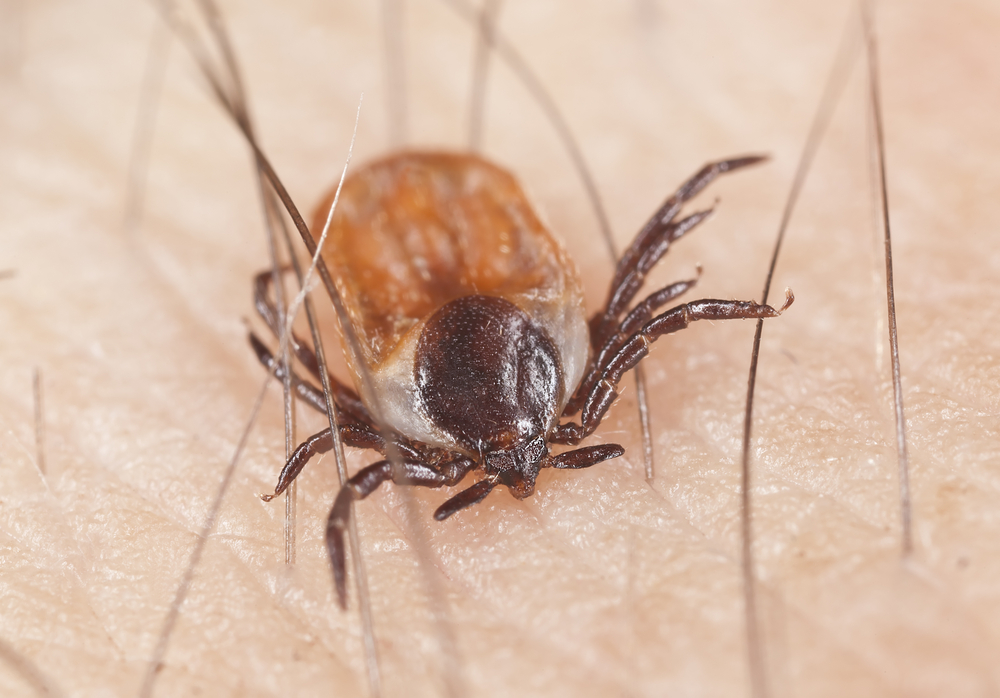Known as “Crimean-Congo hemorrhagic fever,” it’s caused by a virus usually transmitted through tick bites.
Others are reading now
Could Congo fever, a sometimes deadly disease transmitted by certain ticks, emerge in the United States? This question is pertinent as the virus has recently been detected in new regions globally.
Understanding Congo Fever
Congo fever is a disease that affects both animals, particularly cattle, and humans. Known as “Crimean-Congo hemorrhagic fever,” it’s caused by a virus usually transmitted through tick bites.
The tick responsible, “Hyalomma marginatum,” with its distinctive striped legs and large size—almost a centimeter—can pass the virus between individuals or animals through the blood it absorbs.
Most infected individuals exhibit no or mild symptoms, similar to a minor flu. However, in some cases, the disease can escalate into severe “hemorrhagic fever” with uncontrollable bleeding.
Also read
According to the World Health Organization (WHO), it can be fatal in 10% to 40% of cases, depending largely on healthcare capabilities. Currently, there is no specific treatment proven effective against this disease, leaving symptom management as the primary approach.
Assessing the Risk and Preparation in the US
The virus has been detected in new regions, raising questions about its potential spread to areas like the United States.
Historically, the disease has been endemic in Africa, the Middle East, and parts of Europe. Recently, cases have also emerged in countries where it was previously absent, pointing to changing epidemiological patterns possibly influenced by factors such as climate change.
While the virus has not been reported in ticks or humans in the United States, the detection in new regions prompts vigilance.
The possibility of introducing the virus through travel or imported livestock remains a concern. Health authorities emphasize the importance of preventive measures against tick bites, especially in regions where ticks capable of transmitting the virus are present.
Preparing for potential emergence involves awareness campaigns, enhancing surveillance efforts, and ensuring healthcare systems are equipped to handle potential cases. Research into vaccines and treatments continues globally, aiming to mitigate the impact of Crimean-Congo hemorrhagic fever should it emerge in new regions, including the United States.


